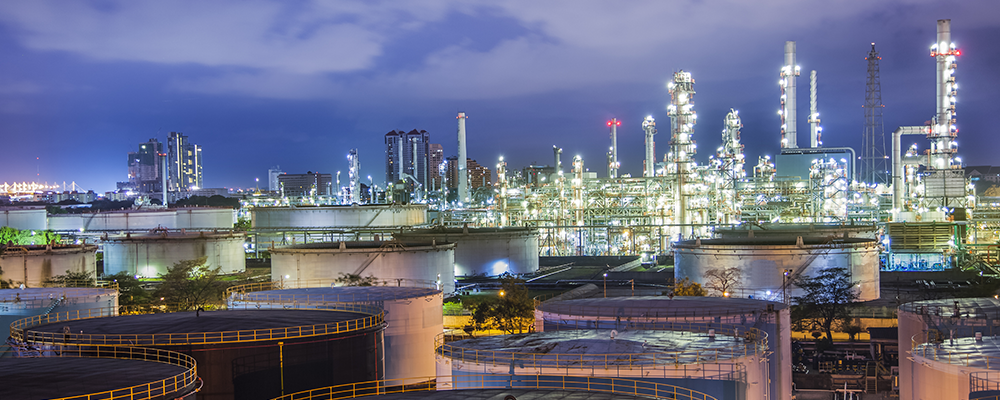

Latest Article

July 25th, 2025
Shaping Competence Together: Building a Culture of Competence in High-Hazard Industries
Other posts by this author
November 1st, 2017
7 health and safety quotes that make you think
February 20th, 2017
Competence Management update from The Oil & Pipelines Agency
February 10th, 2017
US CSB to investigate explosion at Packaging Corporation of America
Categories
Competency Health and Safety Articles Health and Safety News Health and Safety Training In-House News Industry News Online Health and safety Process Training Reynolds Training Services rts Training Course Trending Uncategorized
Written by admin
July 9th, 2014
Health and Safety Articles
Health and Safety News
rts
Is your site responsible for controlling potential hazards pertaining to the specification, inspection and maintenance of external floating roofs for storage tanks built to BS 2654(1), BS EN 14015(2) and API 650(3)?
If so, the Health and Safety Executive has just issued a safety notice to help you maintain the integrity of the roof and take precautions to maintain the buoyancy of the structure.
“There has been a recent incident, along with findings from further investigation, that suggest the examination and maintenance of floating roofs is not given sufficient priority,” says the HSE in explanation of the safety notice.
Proper maintenance of external floating roofs for storage tanks is indeed important. After all, failure of a roof can lead to a loss of containment, peeling back the layers of protection and unlocking the door to a major accident.
So let’s break down the safety notice.
External floating roofs are fitted atop of large above ground hydrocarbons storage tanks which typically stand in excess of 20m diameter.
With the grace of oil on water, they float on the surface of the stored fluid. The external roof remains buoyant by way of pontoons encircling their perimeter or as double-deck roofs, with integral chambers to provide support.
Key features include:
Construction standards require that floating roofs remain buoyant in defined arduous situations.
In the case of BS EN 14015, for instance, the roof must remain afloat with 250mm of water on the centre deck or two adjacent pontoons flooded.
Operators should note that while these requirements are not cumulative, a roof boasting one or more compromised pontoons is more vulnerable to sinking from rainfall.
This is important as the roof may well have listed or even deformed in such conditions, compromising the ability to remove rainwater via the centre drain.
Circumstances of continued rainfall could lead to:
Operators must therefore be able to demonstrate that the roof will remain buoyant and perform in accordance with the original design intent in all operating conditions.
It is incumbent upon operators to have a design calculation which demonstrates that for the fluid stored, the roof will continue to function even in certain fault conditions. These, the HSE says, are defined in the design codes.
Take a single deck pontoon roof, for instance. BS EN 14015 states either two adjacent pontoons flooded or 250mm of water on the centre deck should be accommodated.
Other checks include:
Single 3″ or 4″ diameter roof-drains can be fitted to tanks designed to API 650(3). At low roof levels, the relatively small head leads to a slow discharge rate through the drain. It is therefore vital that the roof does not accumulate excessive water during periods of heavy rain and that it remains sufficiently buoyant at all times.
Operators should be aware that other fittings in the system – such as non-return valves and filters – will further slow the discharge rates unless properly managed and that line restrictions, such as reducers, should be avoided.
Upon carrying out an in-service examination to guard against floating roof failure, check:
Upon conducting an out-of-service examination, check:
Regular operator checks in the form of routine monitoring will further assure roof integrity, allowing any possible problems to be detected early on.
Operators should carry out visual checks, including:
In carrying out routine checks, put in place a system whereby the findings are logged within the maintenance system.
In some cases, separate independent level indication of both the roof position and liquid level can cast light on potential problems.
The HSE says making a comparison of a roof position with liquid level over a period of time can show gradual loss of buoyancy.
Where reasonably practicable, duty holders should therefore provide a deviation alarm so that a warning is given if there is excessive differential movement of the roof and liquid.
Relevant legal documents include:
Written by admin
July 9th, 2014
Health and Safety Articles
Health and Safety News
rts

Let’s get
learning together!
Lines open Monday to Friday, 9am to 5pm, GMT

Prefer to talk by email?

Send a message to
enquiries@reynoldstraining.com
or fill in the form and a member of our safety team is standing by to help.
- John Reynolds